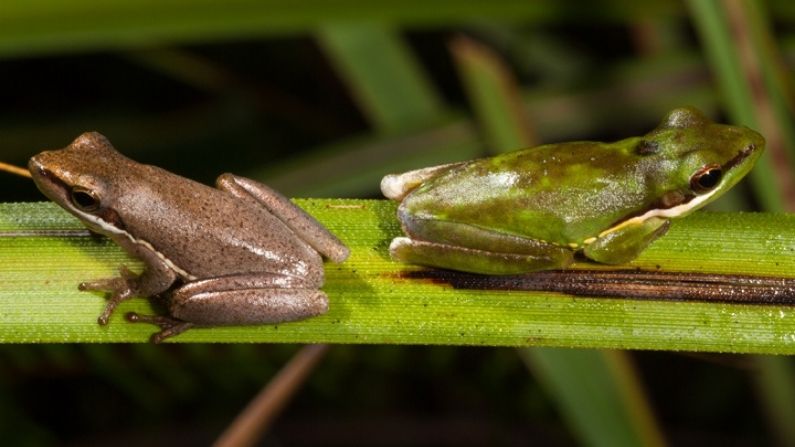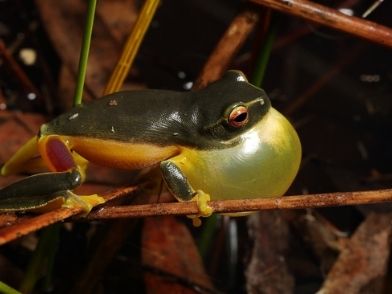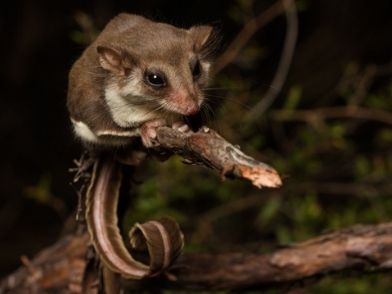Wallum sedgefrog
© Canva NFP
The wallum sedgefrog is one of a group of frogs that depend on lowland wallum habitat. Wallum is the aboriginal name for the banksia (Banksia aemula) that usually dominates the sandy soils of coastal southern Queensland and New South Wales.
Quick facts
COMMON NAME:
wallum sedgefrog
SCIENTIFIC NAME:
Litoria olongburensis
NATIONAL CONSERVATION STATUS:
Vulnerable
RECOVERY PLAN:
The national recovery plan for the wallum sedgefrog and other wallum-dependent frog species has been in place since 2006.
ALSO KNOWN AS:
sharp-snouted reed frog
FAMILY:
Hylidae
QLD CONSERVATION STATUS:
Vulnerable
Did you know?
The wallum sedgefrog is a totemic species for the Butchulla people of K’gari (Fraser Island).

Threats to the wallum sedgefrog
- Habitat loss and fragmentation due to urban development, agriculture, pine plantations and sandmining.
- Habitat degradation by weeds.
- Degradation of water bodies by introduced fish such as mosquito fish, Gambusia holbrookii, chemicals and changes to the acidity of the water.
- Diseases such as Chytrid fungus and viruses.
- Lowering of the water table due to hydrology changes.
Distribution
- Distribution is severely fragmented but found on mainland and offshore sand islands.
- K’Gari (Fraser Island), south of the Mary River, down the coast to just north of Coffs Harbour.
Description
- Small, elongated frog, about 25mm long.
- Light brown to green head and black and cream coloured below with brown flecks on the throat.
- Brown streak from tip of the pointy nose through eye, tympanum (membrane covering the entrance to the ear) and along the side. A white streak borders the brown streak from the eye, along the side. Sometimes with blue groin area and iridescent blue streak on back of thigh.
- Distinguished from the eastern sedgefrog (Litoria fallax) by a longer body, throat flecks and pointy snout.
Signs
- High-pitched ‘creek-crik’ call, usually in the late afternoon and evening after good rains in the spring and summer.
Habitat
- Wallum habitat includes heath, paperbark swamps, sedgelands and banksia woodlands.
- Wallum sedgefrogs can be found in swamps, inundated heath, coastal lakes and occasionally creeks.
- Found in water that is tannin stained, acidic and often low in nutrients.
Ecology
Breeding
- Wallum sedgefrogs breed in spring and summer, usually after good rains.
- Breed in ponds 0.5-1.5 m deep, that usually have no fish.
- Can lay between 200-1000 eggs in a year, which are attached to grasses and sedges.
- The eggs attach to grasses and sedges that emerge above the water.
- Tadpoles are small, dark and mottled with a blue sheen on the side of the body.
Food
- Mainly consists of arthropods (insects, crustaceans, and similar).
- The tadpoles feed on microorganisms attached to reeds and sedges.




